
As the December Dialogue will include participants from Norway’s Sami region, we would like to share their story here.
There are territories in Europe where humans have preserved their ancestral way of life. In Lapland, in the Far North, the Sami have been reindeer herders for millennia. They also practice fishing, hunting, and gathering—all nourishing activities offered by this wild nature, dotted with lakes and forests.
But after the Chernobyl accident in April 26, 1986 much has changed. Norway has been one of the most contaminated countries in Western Europe. Mountainous areas have been the most affected. Almost no one lives there, but they play an important role as pastures for sheep, goats, and also reindeer.
Environmental contamination means contamination of the food chain and, in the far north, lichen which is a curious plant, a combination of algae and fungus providing reindeer with 90% of their winter food, accumulated cesium from Chernobyl. As a consequence, in the fall of 1986, reindeer meat had a contamination rate well above the authorized marketing limit of 600 Bq/kg. In short, all herds had to be slaughtered since they had lost their market value.
But livestock farming was essential to the Sami people; livestock farming is their culture.
To preserve the market value of part of the herd, the Norwegian authorities decided to raise the marketing limit from 600 Bq/kg to 6000 Bq/kg. Rigorous sorting was therefore carried out at the time of slaughter. The animals were kept in pens and individually inspected.
Raw or grilled, reindeer meat is the staple food of the Sami, who were faced with the problem of chronic radioactivity ingestion. Faced with the health risks to the Sami, the Norwegian authorities developed an original strategy based on individual monitoring and information.
Each Sami was invited to undergo a "body gamma ray" test. The device detected the radiation emitted by the human body and deduced the contamination rate.
The values was varying significantly from one person to another depending on the region of herding and eating habits. Each case was unique. There was no such thing as a typical, standard, average individual.
As a Sami herder explained when he visited Fukushima to attend the Dialogue meeting held in Date city in February 2013 : “We take the time to discuss. We consider actions to reduce the contamination rate. The reindeer are fed with lichen from less contaminated areas... the meat is soaked and boiled, with some of the cesium leaching out with the water... reindeer meat is eaten only once a day, instead of twice, alternating with imported products, purchased with the help of state subsidies.”


The same Sami herder added at the occasion of the 30 years anniversary of the accident: ‘Today the pollution hardly affects me anymore. I know it is there but I focus on other things than the number of becquerels in my reindeers. After Chernobyl the authorities did not abandon us. We made a joint effort that enable us to overcome this difficult phase. If we had not made this effort, we would probably live another reality today. I am sure. We might even not be herders anymore.’
Developing a "strategy" took several years. It required the active participation of the population and close cooperation between public authorities, experts, and medics to manage the herders' expectations, the multiple and sometimes contradictory messages from scientists, the uncertainties about the long-term effects of radiation, and finally to implement monitoring and assistance.
Today, nearly 40 years after the disaster, Sami herders must maintain some vigilance but thanks to their tenacity, the effective cooperation with the authorities, and also to the solidarity shown by the entire Norwegian population, they have managed to maintain reindeer herding.
← 活動報告一覧へ戻る
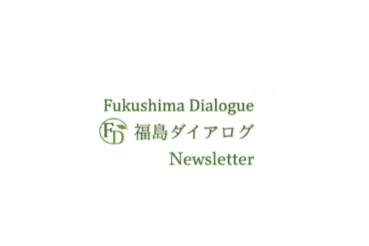
Support for Dialogue Operations (Interpretation, Babysitting & Other Services)
3,000円
For those who donate 3,000 yen (about €17.37 / about $20.34), we will offer the following thank-you gift:
After the Dialogue, you will receive a thank-you Activity Report Email (Newsletter).
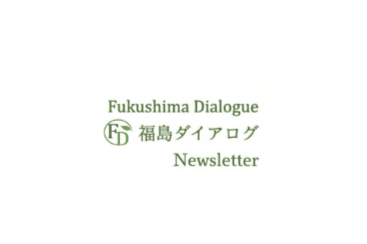
Support for Dialogue Operations (Interpretation, Babysitting & Other Services)
5,000円
For those who donate 5,000 yen (about €28.95 / about $33.90), we will offer the following thank-you gift:
After the Dialogue, you will receive a thank-you Activity Report Email (Newsletter).
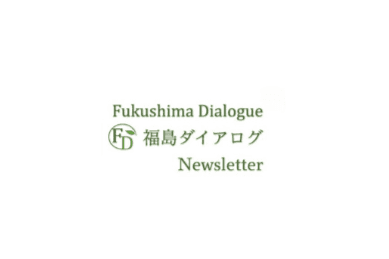
Support for Dialogue Operations (Interpretation, Babysitting & Other Services)
10,000円
For those who donate 10,000 yen (about €57.90 / about $67.80), we will offer the following thank-you gift:
After the Dialogue, you will receive a thank-you Activity Report Email (Newsletter).
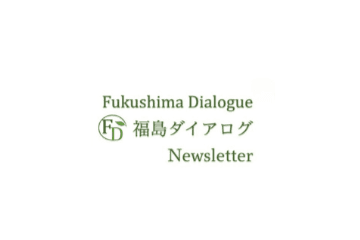
Support for Dialogue Operations (Interpretation, Babysitting & Other Services)
50,000円
For those who donate 50,000 yen (about €289.50 / about $339.00), we will offer the following thank-you gift:
After the Dialogue, you will receive a thank-you Activity Report Email (Newsletter).
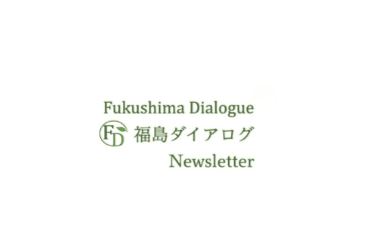
Support for Dialogue Operations (Interpretation, Babysitting & Other Services)
100,000円
For those who donate 100,000 yen (about €579.00 / about $678.00), we will offer the following thank-you gift:
After the Dialogue, you will receive a thank-you Activity Report Email (Newsletter).
For donations of 100,000 yen or more, you may contribute any amount starting from this level.



